Agentic AI in Applications – When Software Starts Acting on Its Own

Agentic AI in Applications – When Software Starts Acting on Its Own
From chatbots to agents
Not long ago, AI in applications mostly meant chatbots and product recommendations. Today, a new trend is emerging – Agentic AI. These are systems that don’t just respond to user commands but take initiative and perform tasks autonomously.
Example: instead of asking an AI assistant for cheap flights, an agent continuously monitors prices, compares options, and books the best deal according to your preferences.
How does Agentic AI work?
Agentic AI combines several elements:
- Large Language Models (LLMs) – understanding natural language, context, and intent,
- tools and APIs – enabling the agent to take real actions across systems,
- memory and planning – learning from past interactions and executing long-term goals,
- autonomy – working in the background without constantly asking for permission.
Use cases in applications
- E-commerce – the agent reaches out to a customer, offers a discount, and completes the sale.
- Finance – monitors accounts, pays invoices, and detects suspicious transactions.
- HR and admin – schedules meetings, sends contracts, and reminds about deadlines.
- Marketing – runs ad campaigns, tests variations, and optimizes budgets.
Opportunities and risks
Opportunity: businesses can save massive amounts of time and scale operations without hiring more staff.
Risk: too much autonomy could lead to errors, misuse, or data security issues.
That’s why Agentic AI requires regulatory frameworks and oversight mechanisms – much like an autopilot in an airplane.
What does this mean for business?
- New competitive edge – companies that first deploy AI agents in customer service, marketing, or logistics will gain a huge advantage.
- Changing employee roles – from operators to supervisors and process designers.
- New business models – applications and SaaS won’t be sold as “tools” but as digital employees.
Agentic AI is not science fiction – early implementations are already here. Within the next 3–5 years, it could become the standard in both business and consumer applications.
Przeglądaj inne artykuły
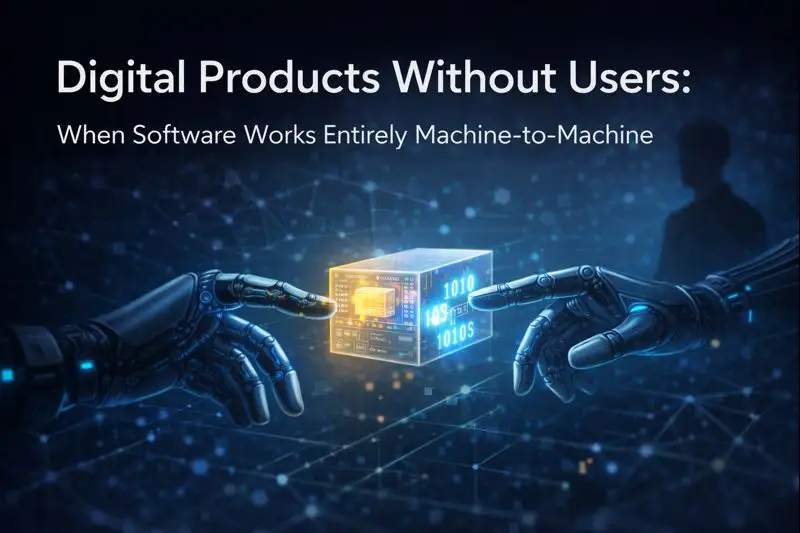
Digital Products Without Users: When Software Works Entirely Machine-to-Machine
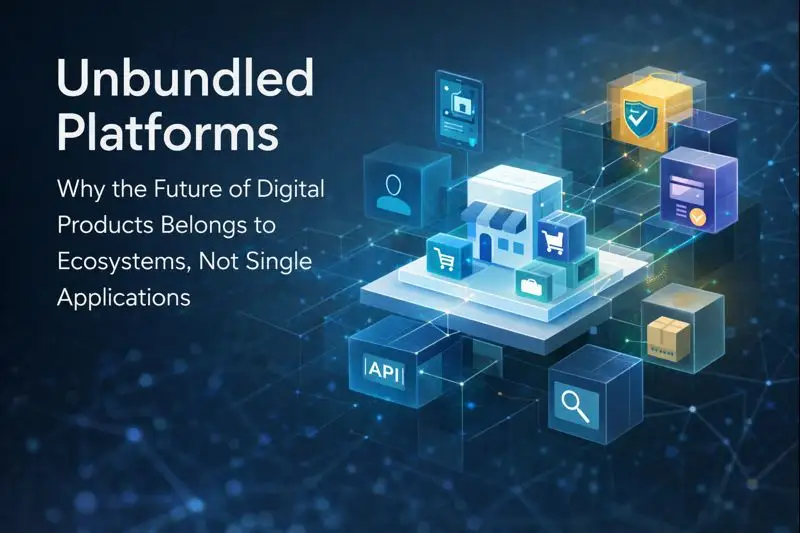
Unbundled Platforms: Why the Future of Digital Products Belongs to Ecosystems, Not Single Applicatio

Silent Software: Why the Most Valuable Digital Products of the Future Will Be the Ones Users Barely
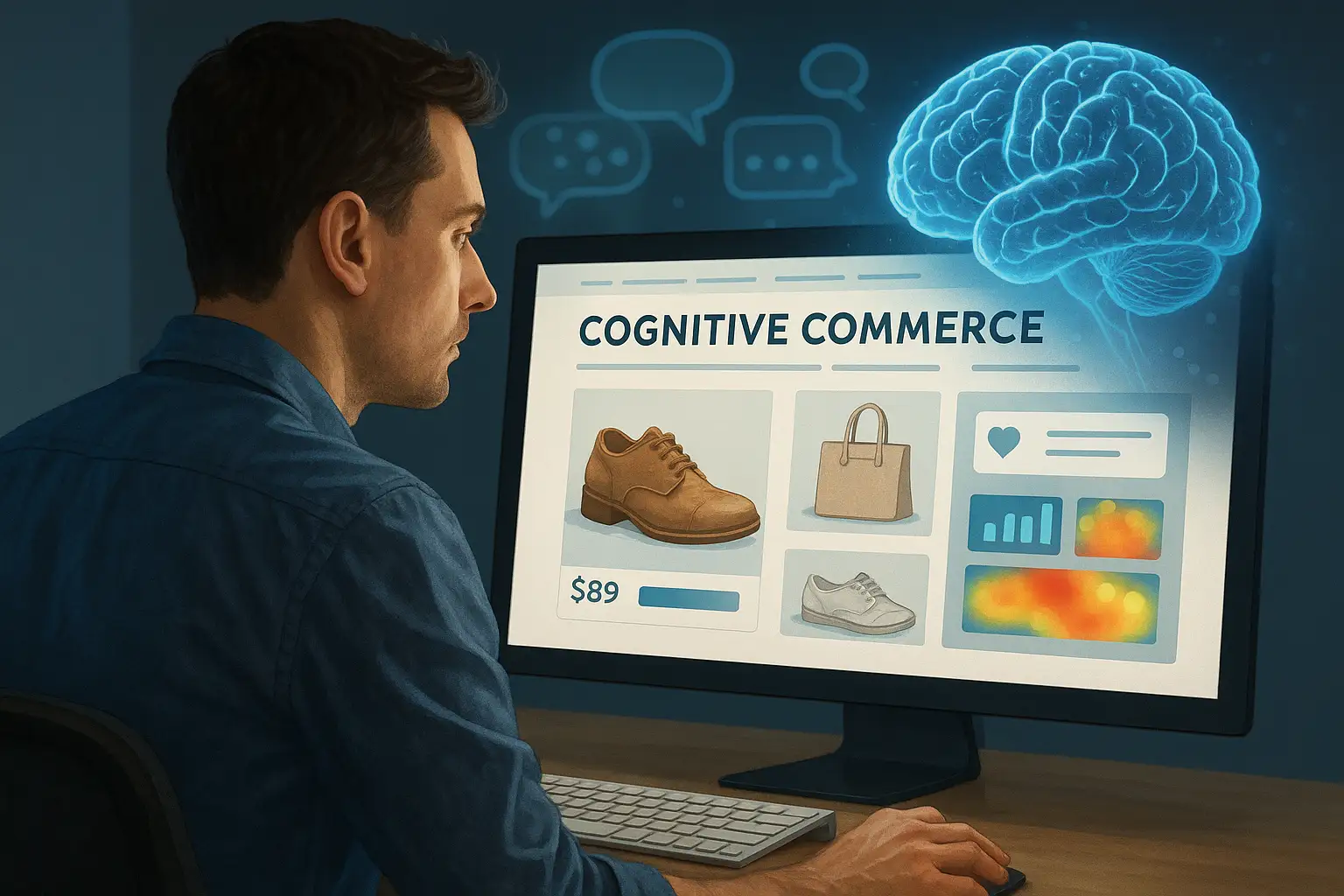
Cognitive Commerce: How AI Learns to Think Like Your Customers and Redefines Digital Shopping

Predictive UX: How AI Anticipates User Behavior Before It Happens

AI-Driven Product Innovation: How Intelligent Systems Are Transforming the Way Digital Products Are

Adaptive Commerce: How AI-Driven Systems Automatically Optimize Online Stores in Real Time
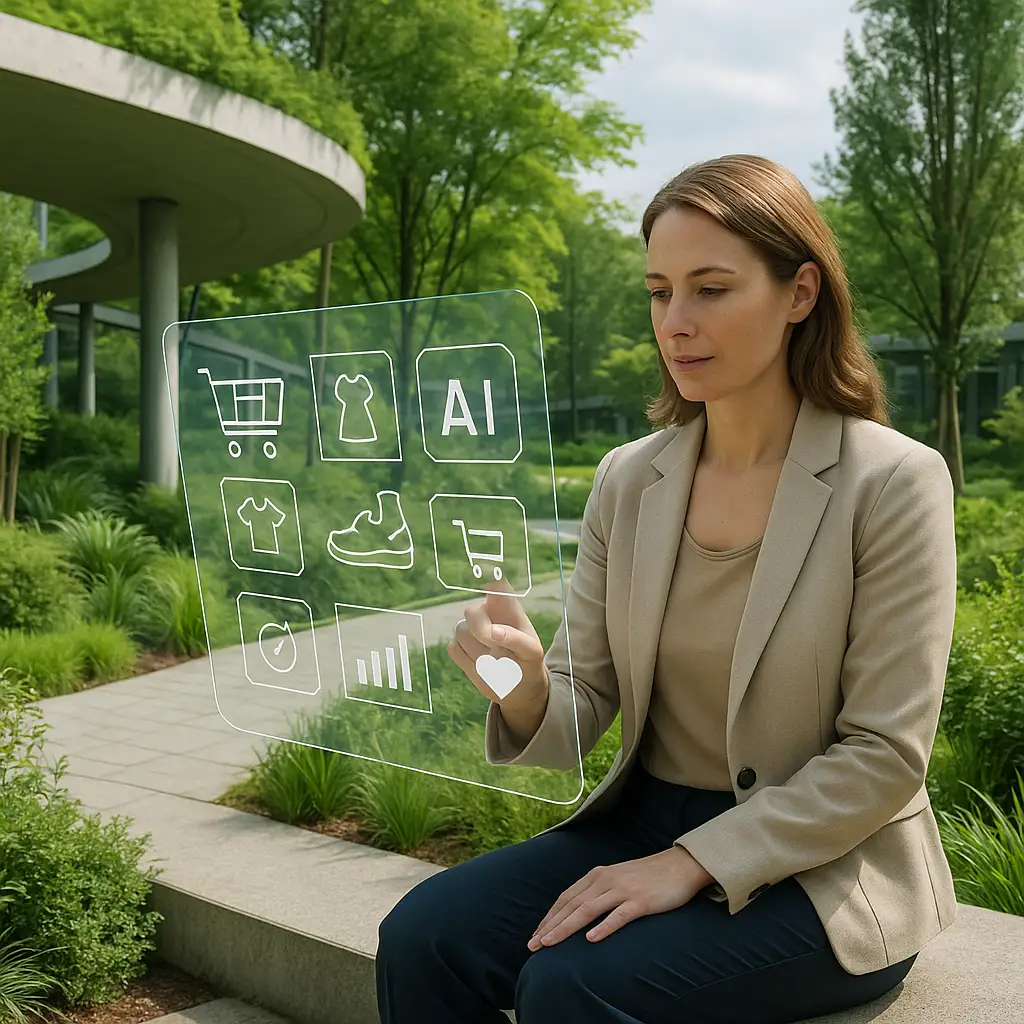
Zero-UI Commerce: How Invisible Interfaces Are Becoming the Future of Online Shopping

AI Merchandising: How Intelligent Algorithms Are Transforming Product Discovery in Modern E-Commerce

Composable Commerce: How Modular Architecture Is Reshaping Modern E-Commerce and Marketplace Develop

Context-Aware Software: How Apps Are Becoming Smarter, Adaptive, and Environment-Responsive

AI-Driven Observability: The New Backbone of Modern Software Systems

Hyper-Personalized Software: How AI Is Creating Products That Adapt Themselves to Every User
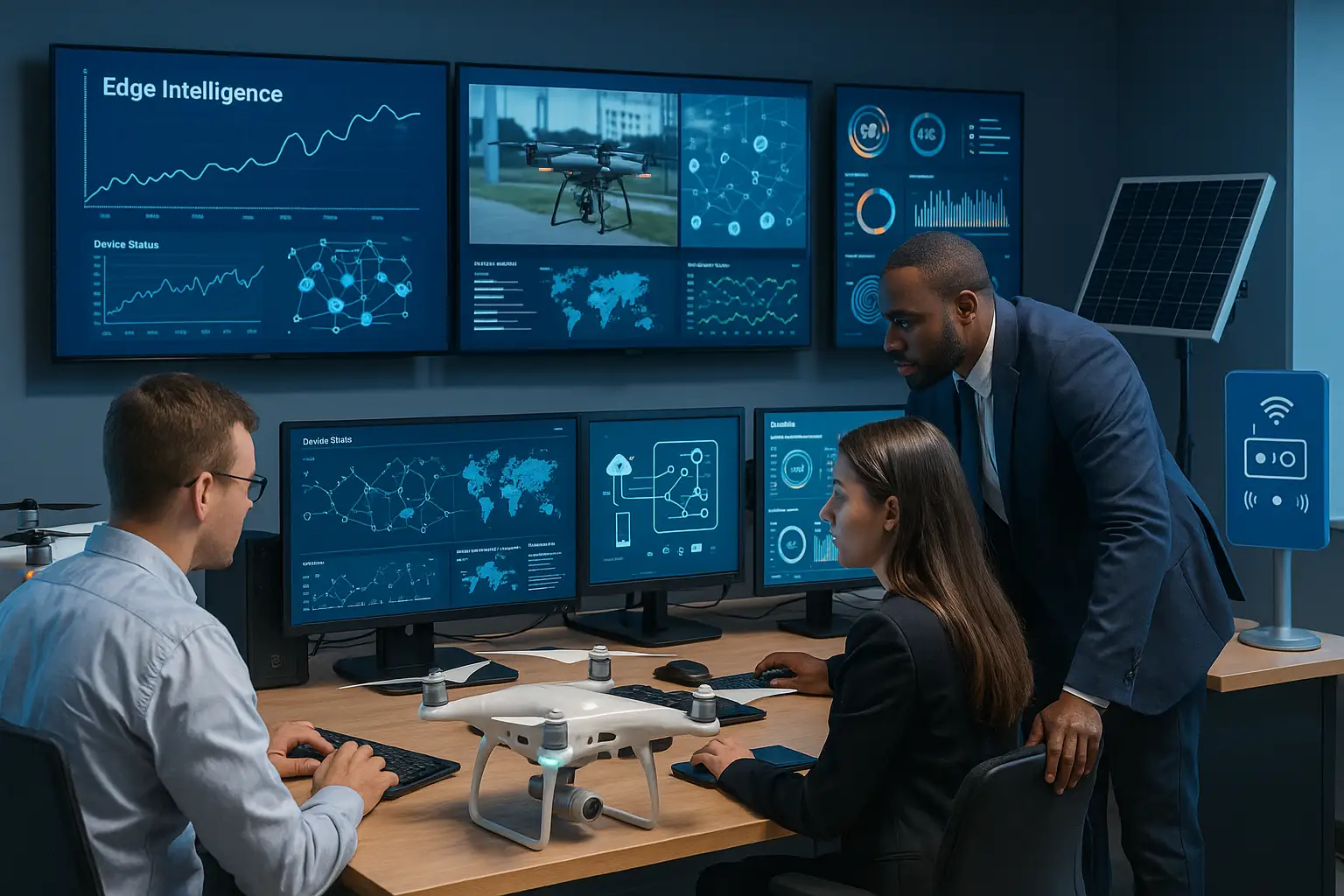
Edge Intelligence: The Future of Smart, Decentralized Computing

AI-Powered Cybersecurity: How Intelligent Systems Are Redefining Digital Defense

Modern Software: How Our Company Is Reshaping the Technology Landscape

From Digital Transformation to Digital Maturity: Building the Next Generation of Tech-Driven Busines

AI Agents: The Rise of Autonomous Digital Workers in Business and Software Engineering

Synthetic Data: The Next Frontier of AI and Business Intelligence

Quantum AI: How Quantum Computing Will Redefine Artificial Intelligence and Software Engineering

Design Intelligence: How AI Is Redefining UX/UI and Digital Product Creativity

How Artificial Intelligence Is Transforming DevOps and IT Infrastructure
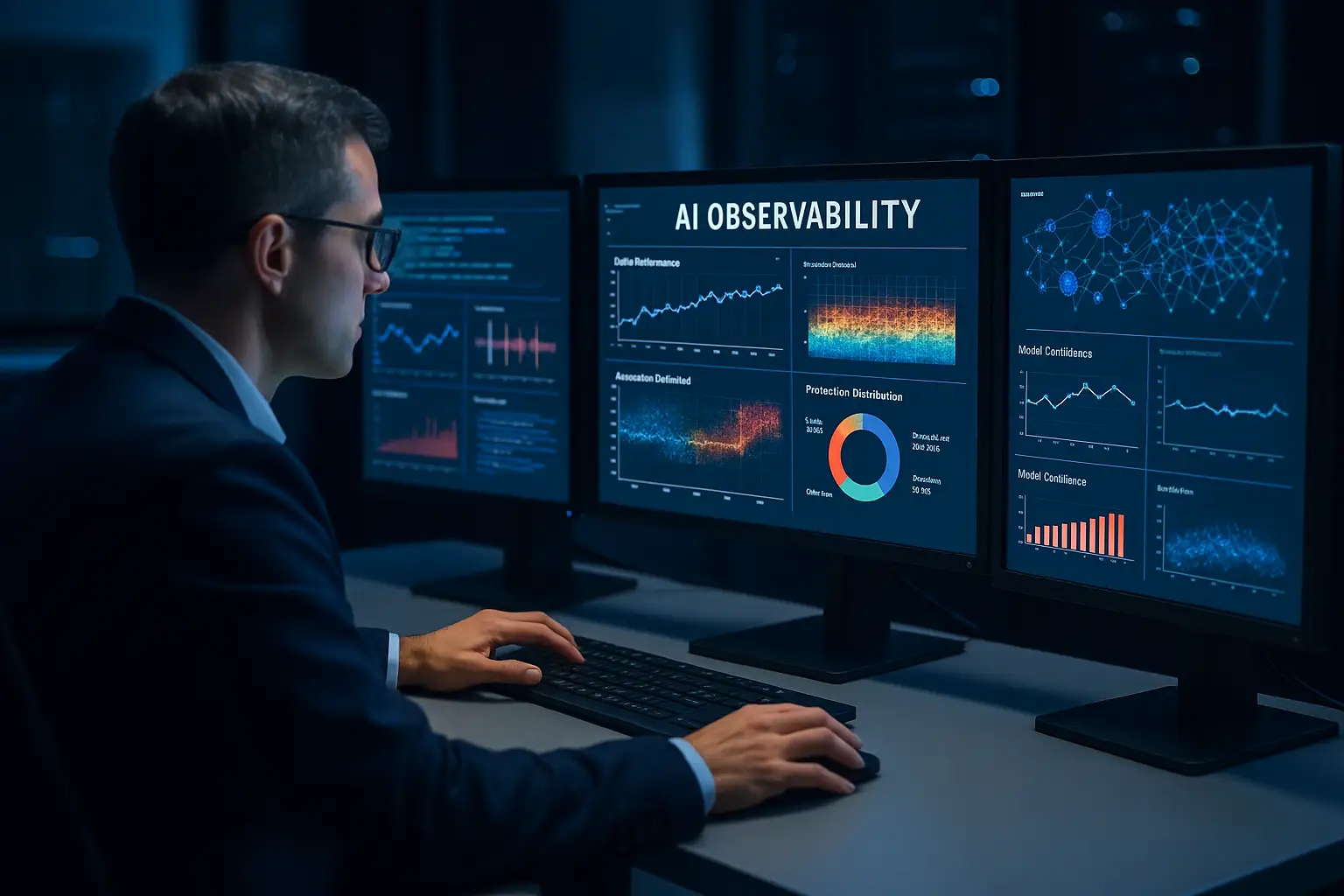
AI Observability in Production: Monitoring, Anomaly Detection, and Feedback Loops for Smart Applicat

Low-Code Revolution: How Visual Development Is Transforming Software and Marketplace Creation

Composable Marketplaces: How Modular Architecture Is the Future of Platform Engineering

AI-Powered Storyselling: How Artificial Intelligence Is Reinventing Brand Narratives

The Era of Invisible Commerce: How AI Will Make Shopping Disappear by 2030

From Attention to Intention: The New Era of E-Commerce Engagement
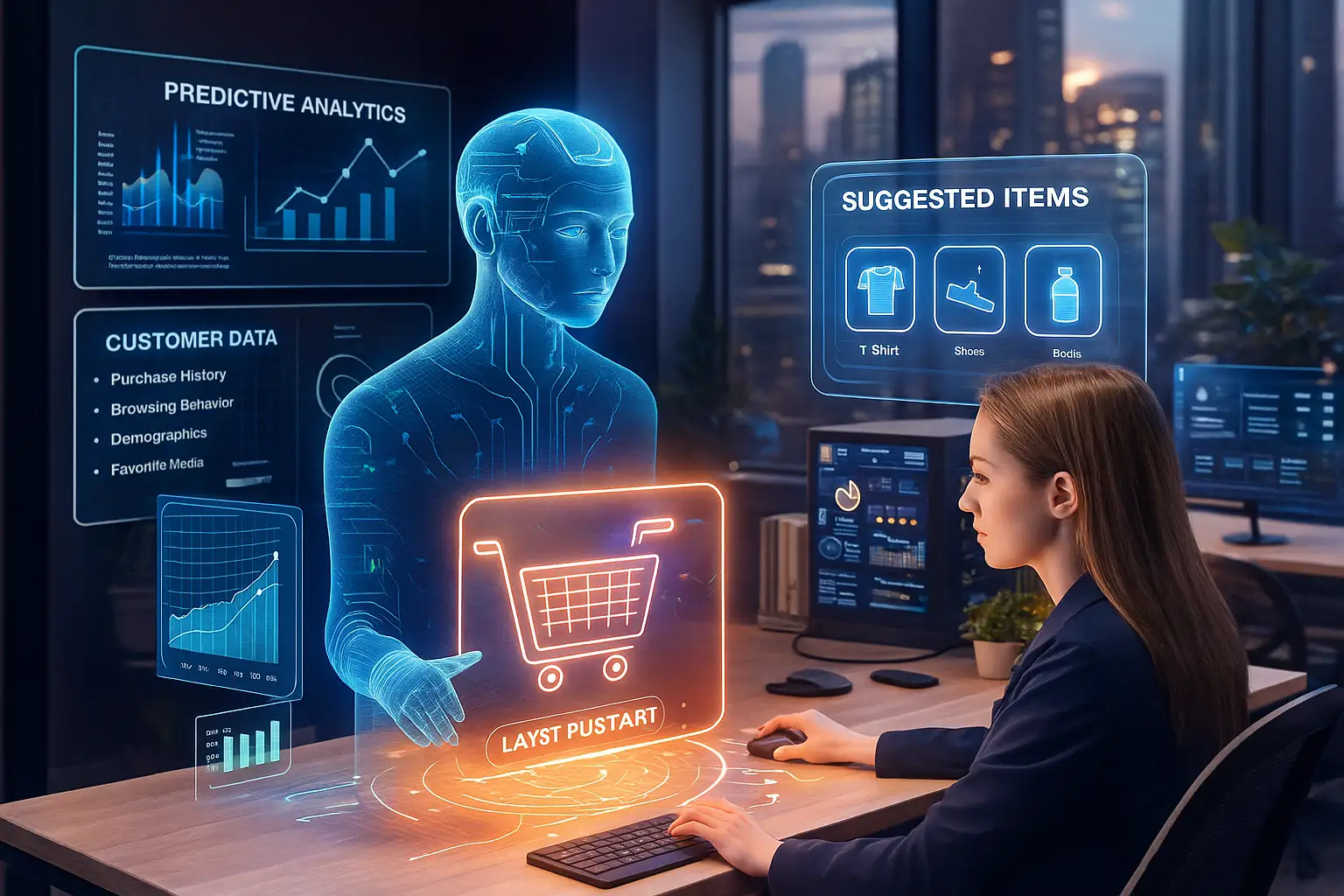
Predictive Commerce: How AI Can Anticipate What Your Customers Will Buy Next

Digital Trust 2030: How AI and Cybersecurity Will Redefine Safety in the Digital Age

Cybersecurity in the Age of AI: Protecting Digital Trust in 2025–2030
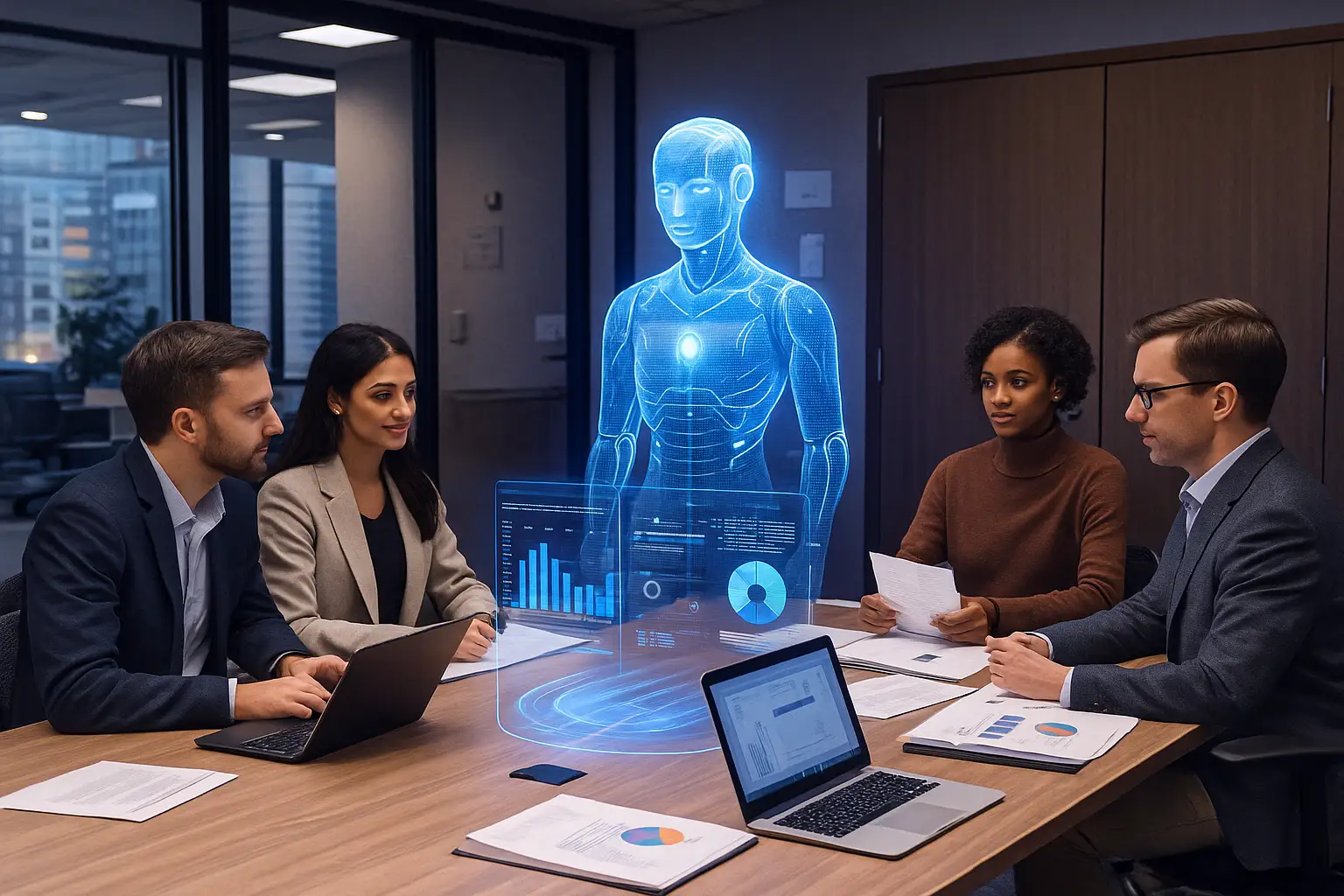
The Future of Work: Humans and AI as Teammates

Green IT: How the Tech Industry Must Adapt for a Sustainable Future

Emerging Technologies in IT: What Will Shape 2025–2030

Growth Marketing – A Fast-Track Strategy for Modern Businesses
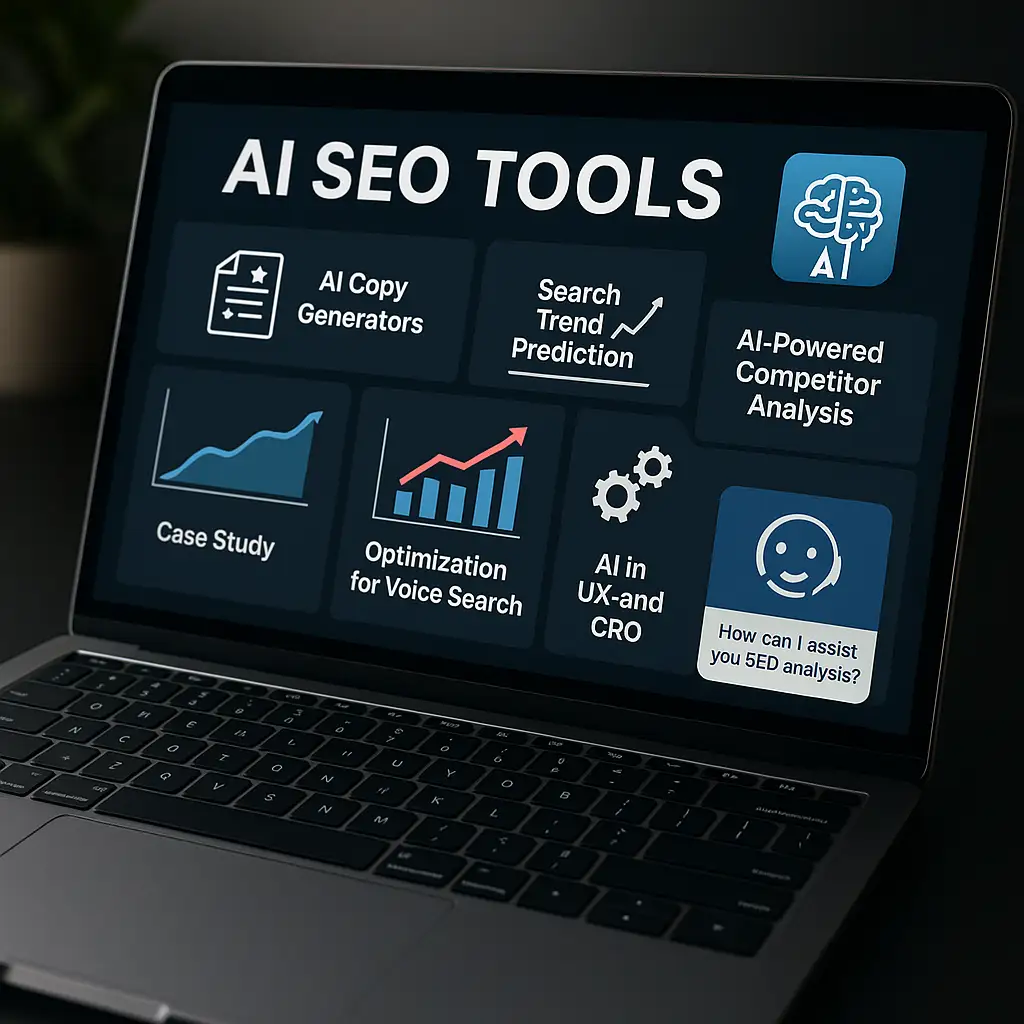
AI SEO Tools – 5 Technologies Revolutionizing Online Stores

AI SEO – How Artificial Intelligence Is Transforming Online Store Optimization

Product-Led Growth – When the Product Sells Itself

Technology in IT – Trends Shaping the Future of Business and Everyday Life

Marketplace Growth – How Exchange Platforms and E-commerce Build the Network Effect
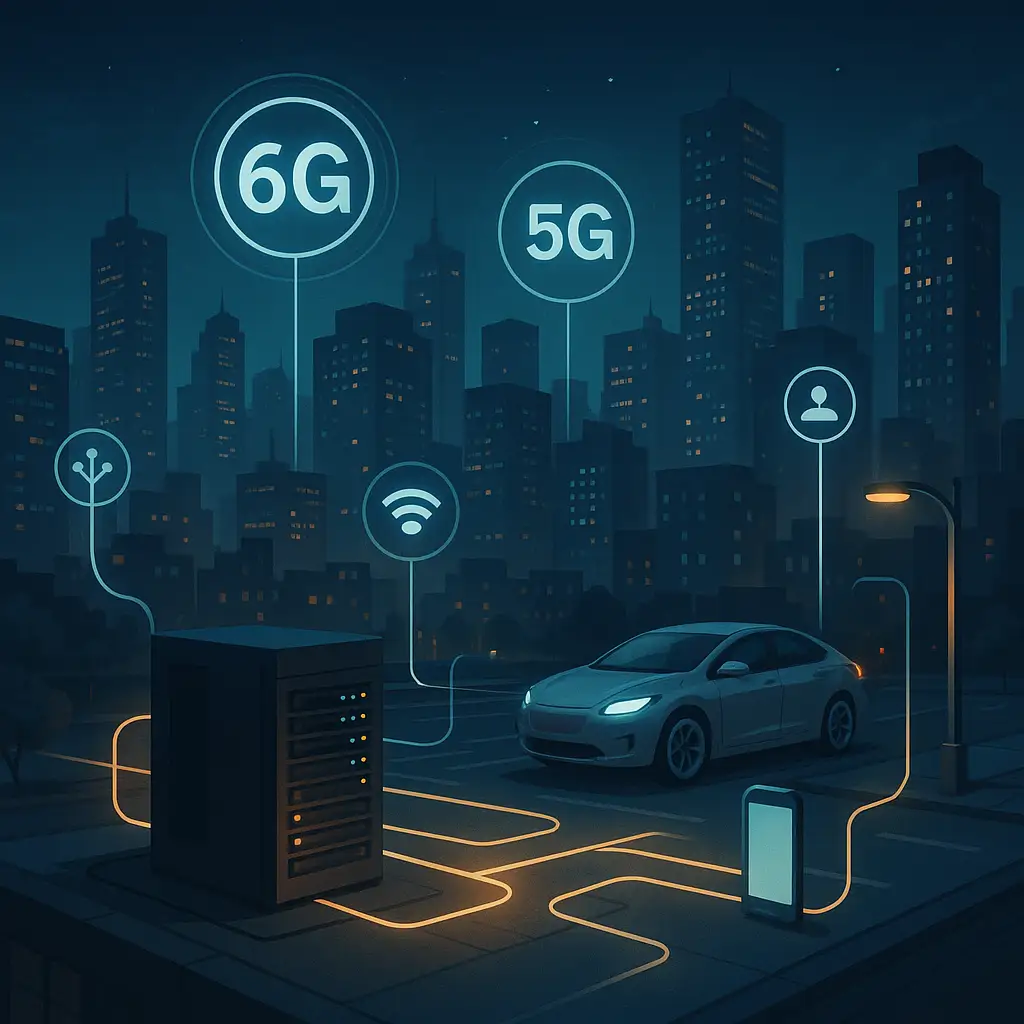
Edge Computing – Bringing Processing Power Closer to the User
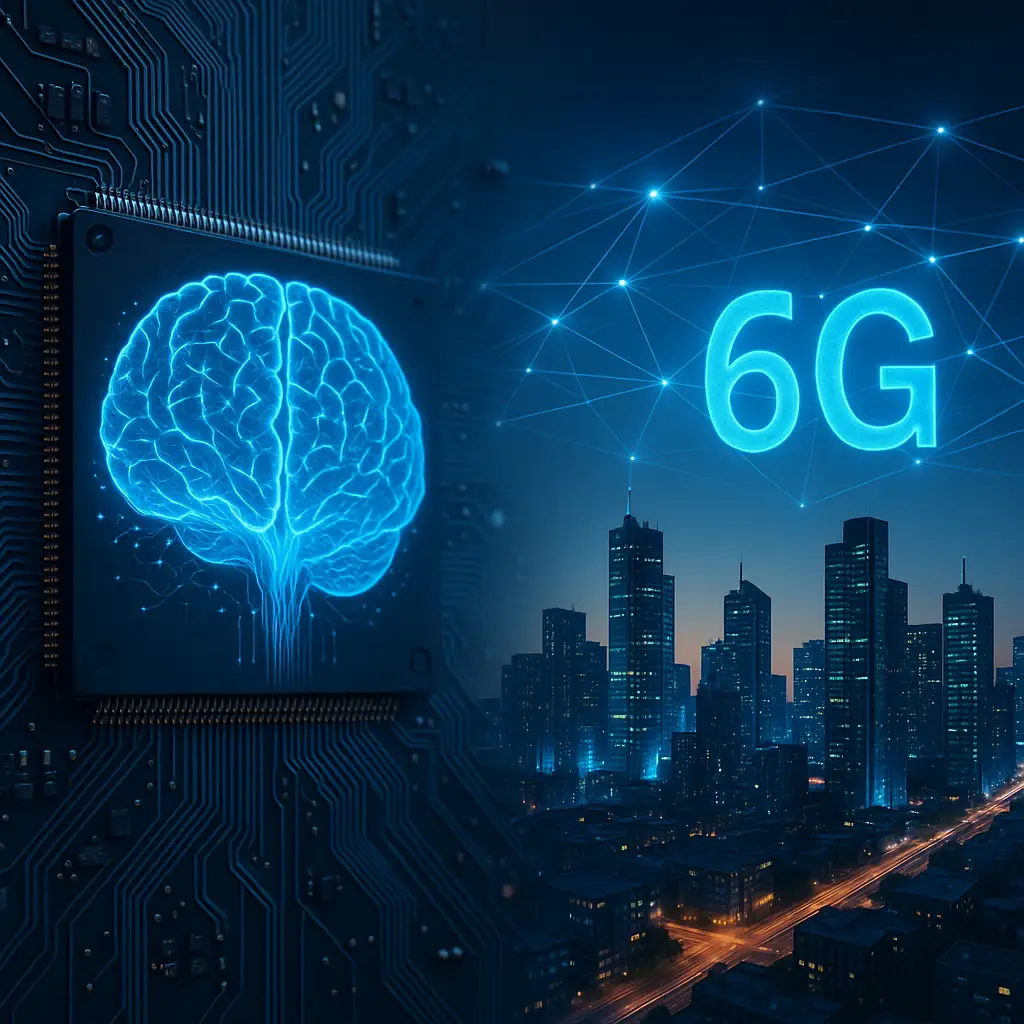
Neuromorphic Computers and 6G Networks – The Future of IT That Will Change the Game

Meta Llama 3.2 – The Open AI That Could Transform E-Commerce and SEO
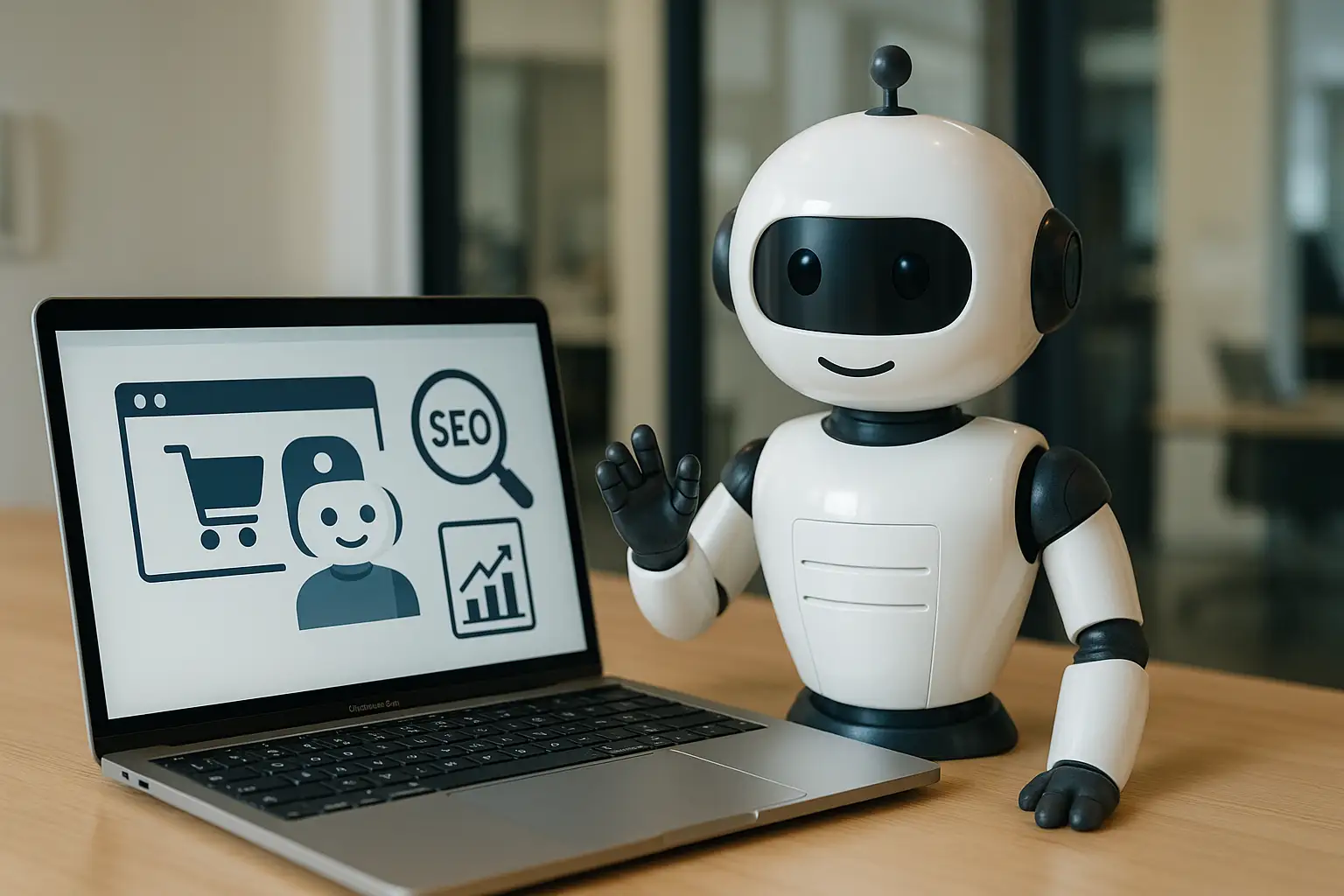
AI Chatbot for Online Stores and Apps – More Sales, Better SEO, and Happier Customers

5 steps to a successful software implementation in your company

Innovative IT solutions — why invest now?

Innovative software development methods for your business

5 steps to successfully implement technological innovation in your company
